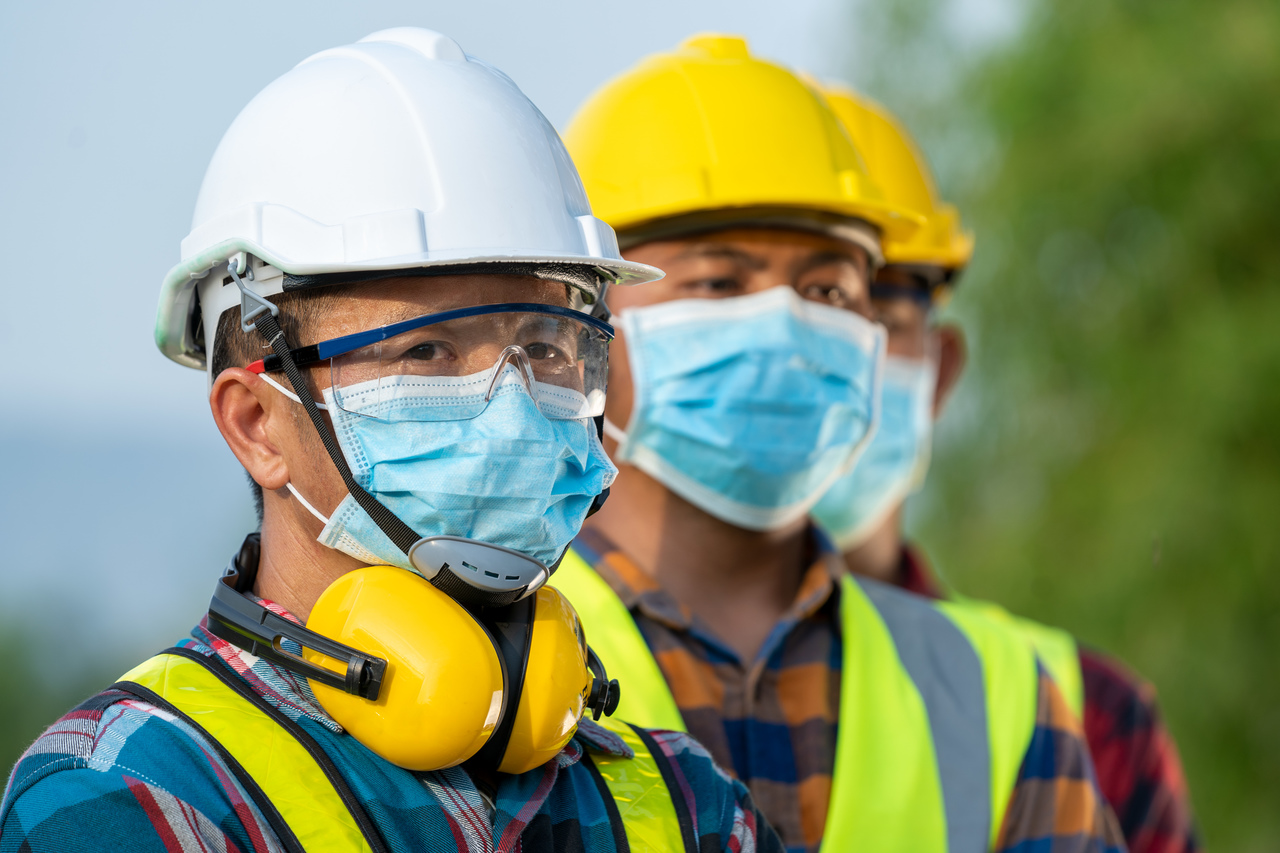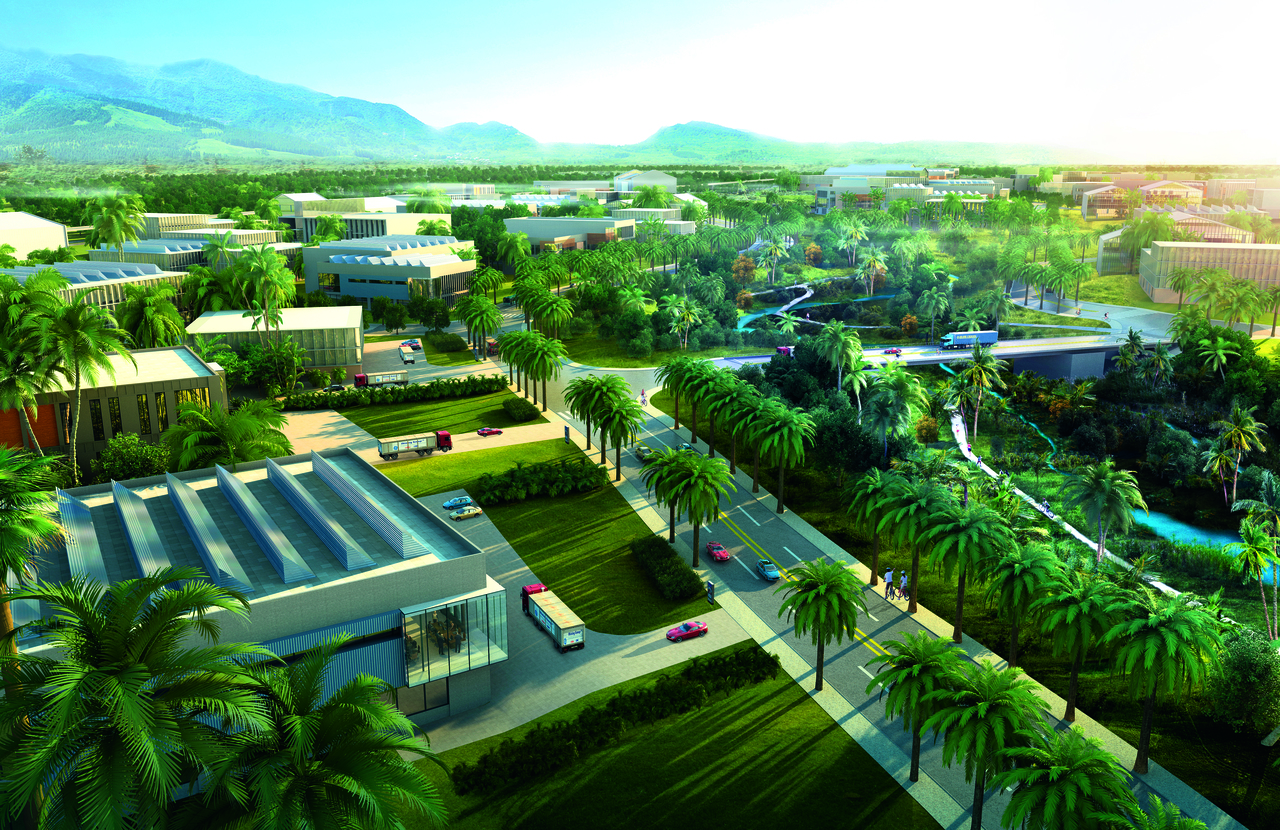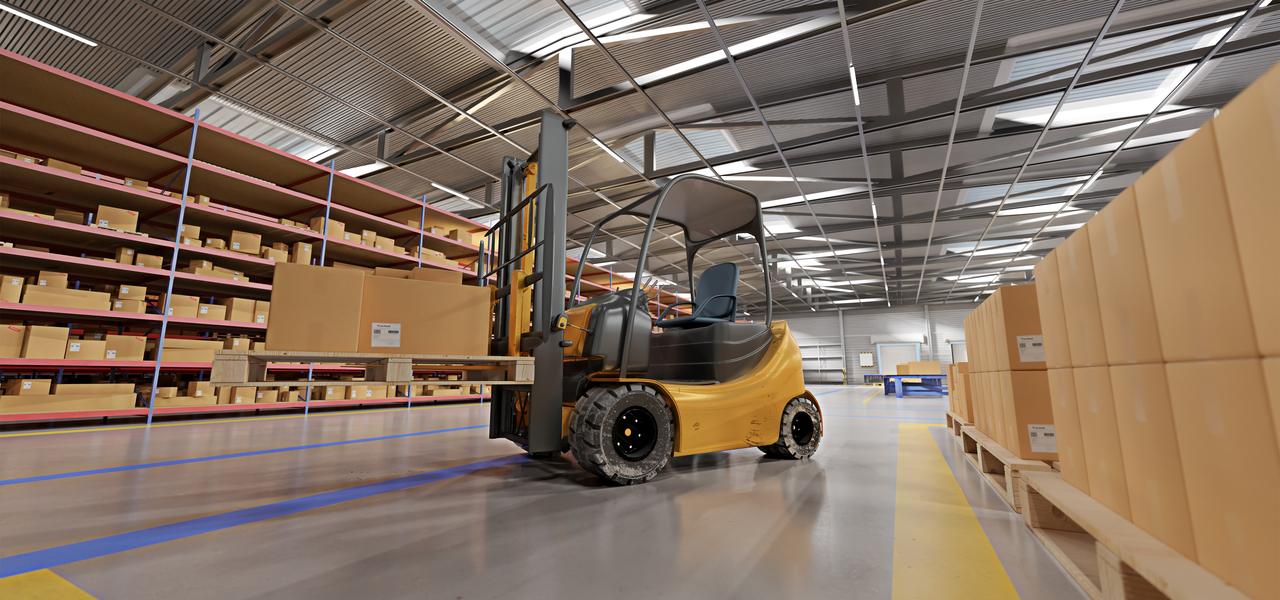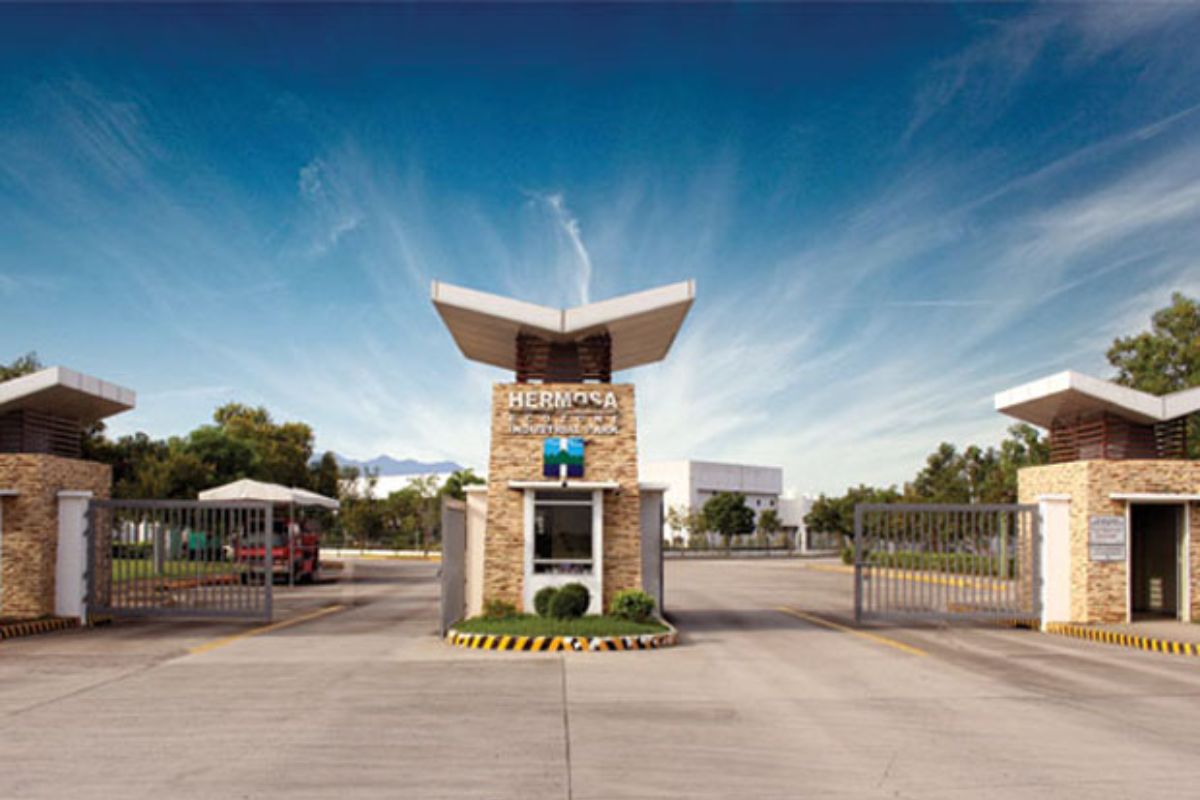How can you generate a sustainable supply chain for your business?
- Be Aware Of All Your Suppliers
- Communicate Your Expectations
- Think Of The Welfare Of Your People
- Source Locally
- Consider Investing In Robust Capabilities
The COVID-19 pandemic has had a significant impact on supply chains in the Philippines. It brought cumbersome hindrances to normal day-to-day business procedures such as stretching lead times, travel bans, discontinued production, and a lack of workers. Businesses worldwide are now looking for more ways to diversify their operations and navigate their way through these times.
As a business owner, what actions can you take to mitigate the impact of the crisis on your supply chain? Today, we’ll be tackling some ways on how you can develop a sustainable supply chain in the Philippines. These important lessons about managing crises can also be applied down the road for a more resilient business.
Be Aware Of All Your Suppliers

In these times, it is vital that you are knowledgeable about each and every branch of your supply chain. Monitor your sources from end-to-end and ensure that your suppliers are well-built and capable of providing for your company’s needs. Understand each and every tier and conduct a risk assessment. Identify the market, the demand, and the level of inventory to determine critical and future breaks in stock, production, production capacity, warehousing, and shipment.
By doing this, you will perceive the critical areas immediately so you can primarily focus on them and take whatever action that needs to be done. For every interference faced, your business should come up with a strategy to measure the risk short-term and in the future so that you can have a plan in place. Moreover, this also stresses the importance of having a widespread network. In the case where a certain supplier is not able to provide efficiently, you will have a backup supply pool, production, and distribution network.
Communicate Your Expectations
We already know that communication is key in any business, but in these times, it is highly stressed and emphasized. Staying responsive and proactive to both your internal team and your suppliers is essential. Ensure that you have an accessible line of communication at all times and request supply records or real-time updates on your supplies, logistics, and inventory levels. This is so you can stay up to date and act fast on future mishaps.
Think Of The Welfare Of Your People

Thinking about the welfare of your employees is essential, they are a critical resource to your operations. Think of back-up plans such as more automation, remote-working arrangements, or a skeletal workforce. Disregarding the welfare of your employees will only result in more strains.
Use P&G Philippines as a prime example. They are operating on a 50-60% skeletal workforce while practicing safety precautions such as social distancing. Raffy Fajardo, P&G’s President, stated that the company is keeping the employees safe and protected while trying to get back to normal inventory status at their Cabuyao plant. He stated that they have also established an “Alagang P&G program” to protect the physical, spiritual, and mental well-being of their employees.
Source Locally
Shipping is one of the most significant challenges in the supply chain right now due to the country’s lockdowns and travel bans. Looking at the situation in the face of COVID-19, the recommendations will likely lead to more local sourcing of products and supplies. If you are able to center your chain in the Philippines, it would be more efficient. Research and look into the biggest resources that you can benefit from for your business. In fact, many exporters and manufacturers are studying to relocate to the Philippines’ industrial parks so that they can avail of easier exports.
Consider Investing In Robust Capabilities

In alignment with what we mentioned above, the Philippines has very useful Industrial Parks that you can invest in for your business. Being equipped with this can simplify daily work, job aids, and limit the dependency on third-party suppliers. One influential portion of the country’s economy comes from factories that are located in industrial estates.
According to Chairman and CEO of SPPI, Guillermo Luchangco, locators operate under plenty of incentives favorable to exporting and are approved by PEZA (Philippine Economic Zone Authority). This makes it remarkably useful for businesses because the availability of multiple infrastructures is easily accessible. Along the side, locating in an industrial park makes everything else more transparent and collaborative in addressing investor’s concerns.
Key Takeaway
This pandemic has been and is continuing to challenge the resiliency of many businesses’ supply chains in the Philippines. If you want to look ahead and plan for a secure tomorrow, contact us now!



